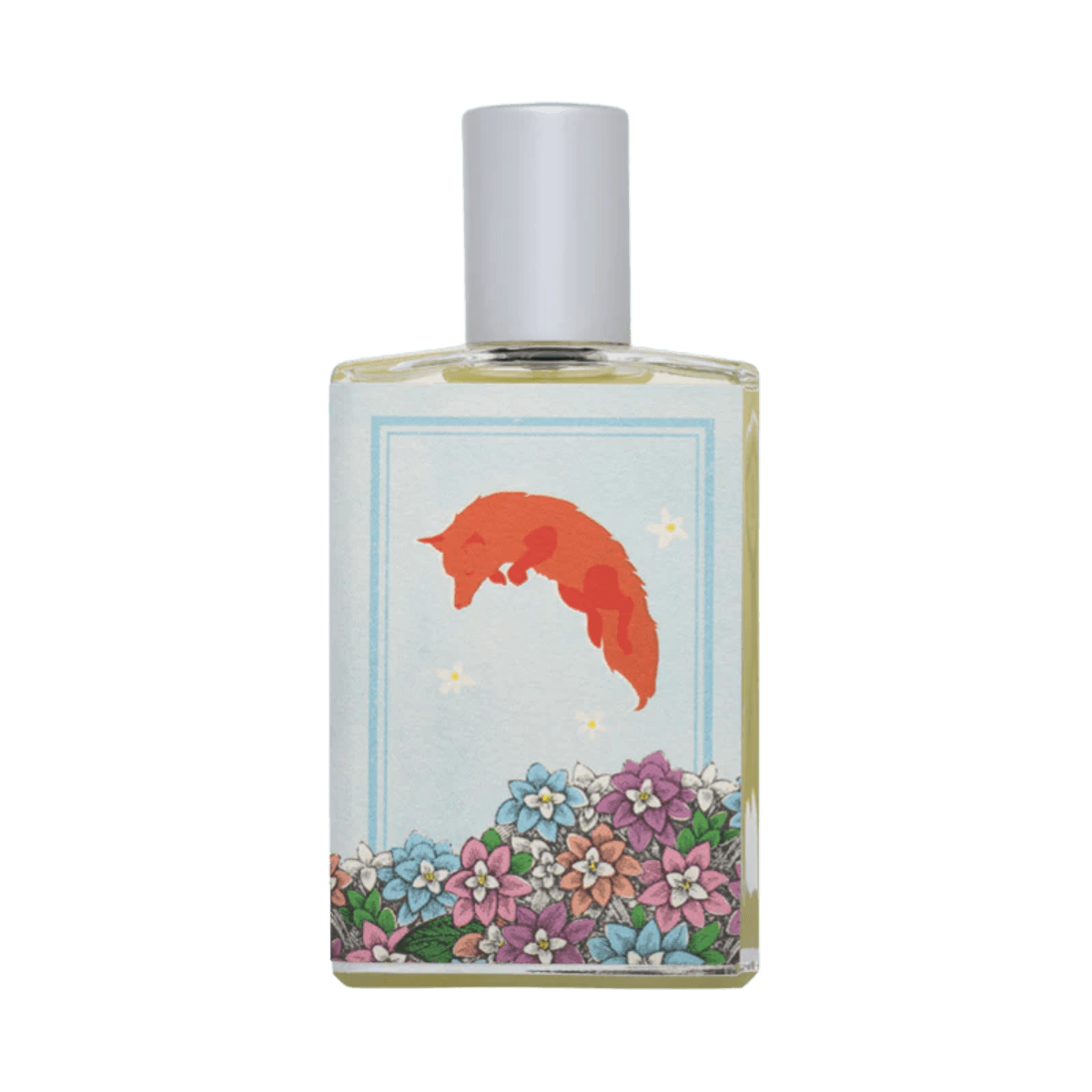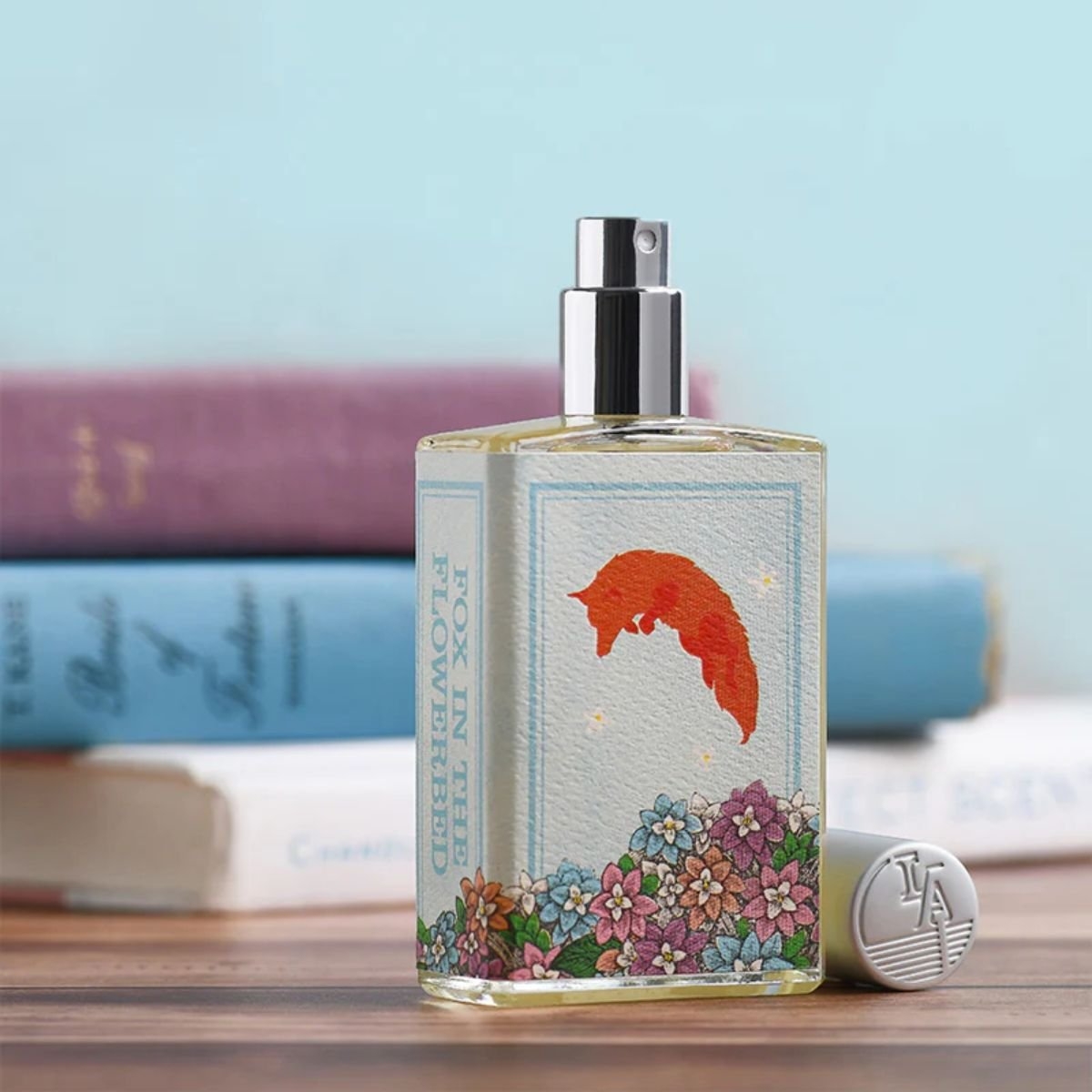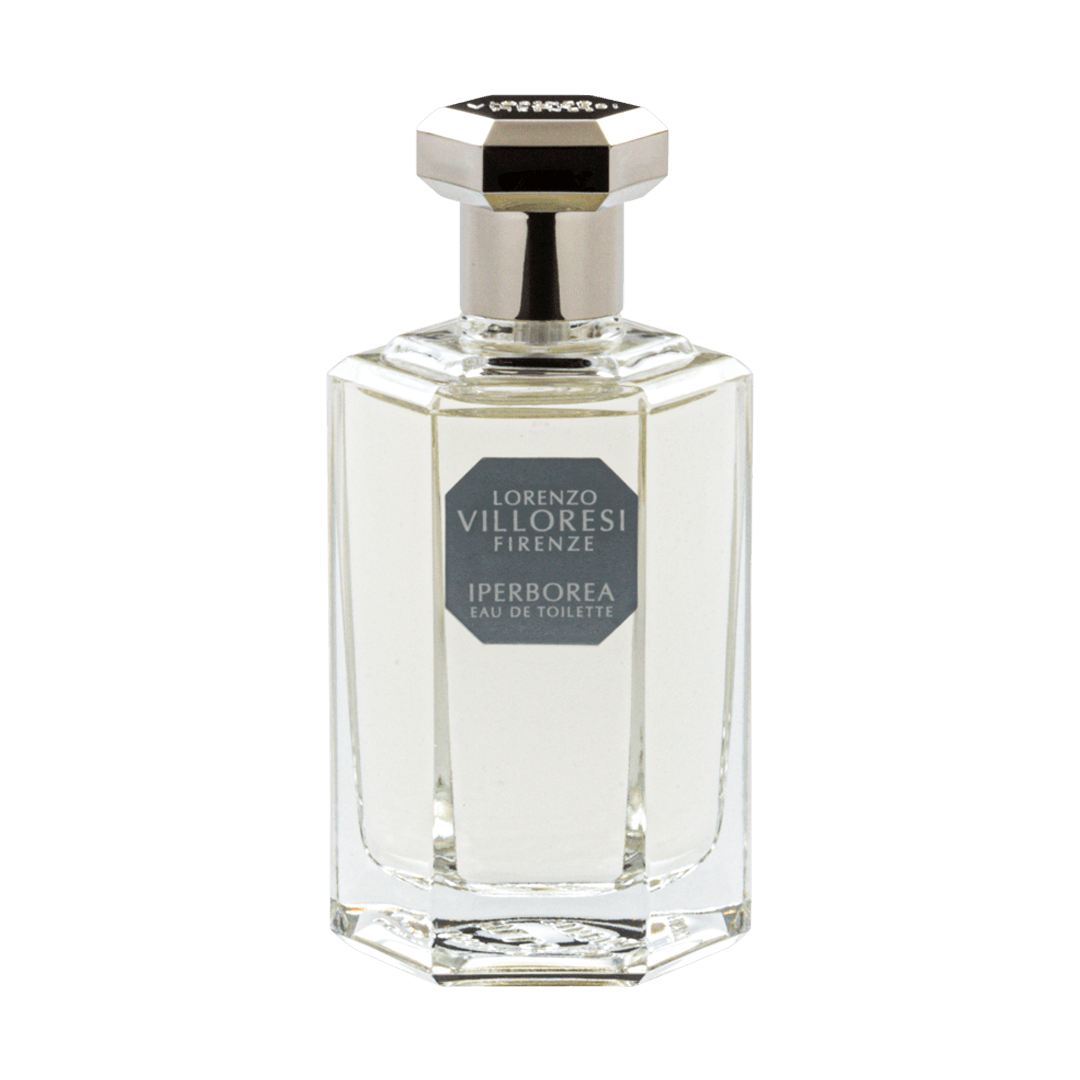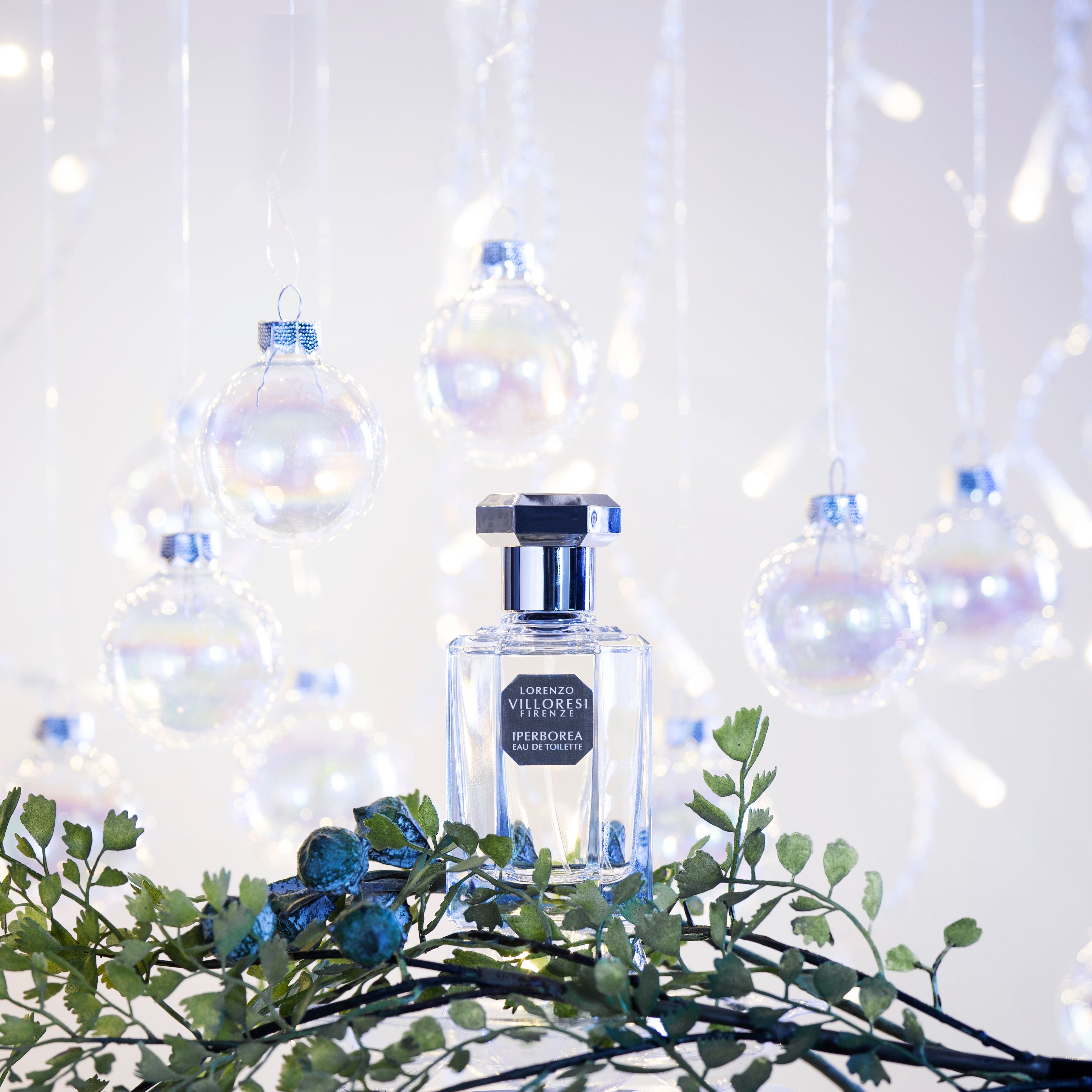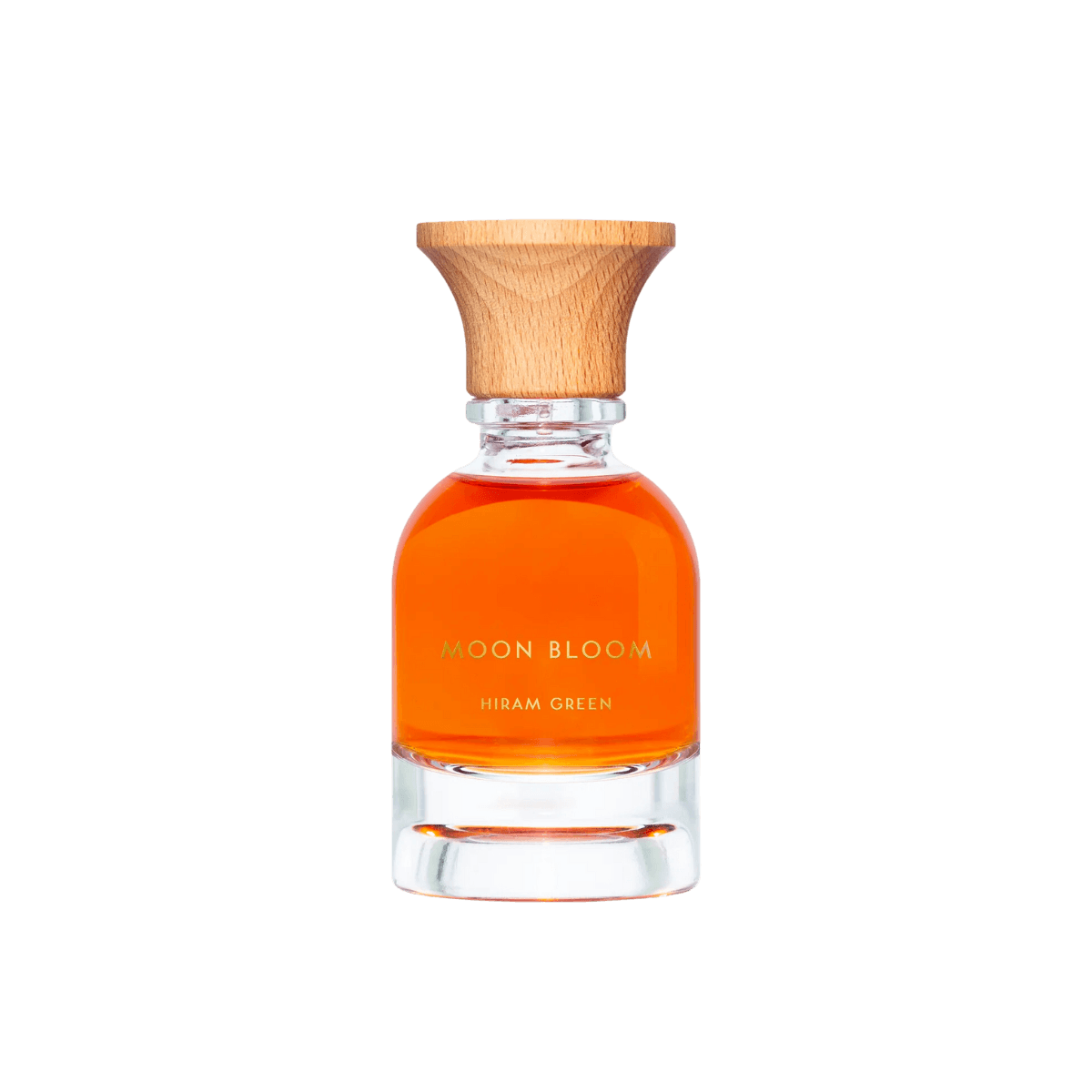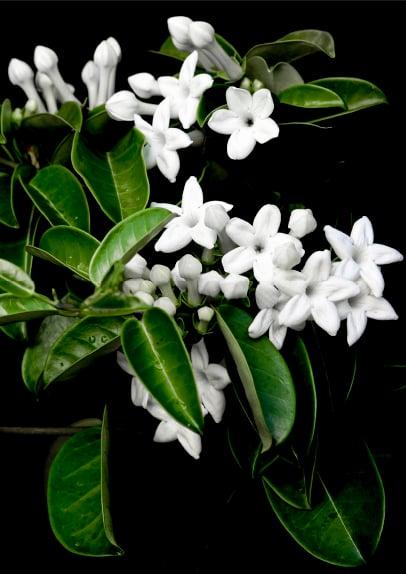
Discover jasmine perfumes
More about the smell of jasmine
Jasmine smells like white flowers, fruity, powdery and rich. Sometimes it can be intoxicating, with an animalistic edge that smells tenacious and musky. This is partly due to indol, a fragrance ingredient that is naturally present in jasmine oil.
Pure indol (if you isolate it from the rest of the jasmine oil) smells heavy and strong, almost like tar and asphalt.
The different varieties of jasmine
There are more than 200 species of the jasmine flower. In the perfume industry, two types of jasmine in particular are used:
Grandiflorum – most commonly used in perfumes. Grandiflorum is full and mild in scent with many facets: floral, fruity, animal, powdery, green.
Sambac (also known as Arabian jasmine or Pikake) – is fuller, spicier and more musky than Grandiflorum, smells more mysterious and exotic.
By the end of last century, jasmine was in abundance in Grasse and became a very important ingredient in perfumery. Particularly as jasmine oil was used at the time mainly to perfume (the otherwise less pleasant smelling) leather gloves.
Today, most production of jasmine comes from India and Egypt. It also comes from China, Italy and Turkey.
How is jasmine harvested?
Harvesting jasmine is a delicate matter. For the best results they must be harvested in the morning when the flower is tightly closed. When harvested and grown, they must be individually (!) picked by hand before dawn and immediately be processed otherwise you might risk that the fragrance gets weak.
Picking the flowers is very labor intensive. To give you an idea, to yield 1 gram of jasmine absolute you need 8,000 carefully hand-picked individual petals. An experienced picker can pick around 3 kg of petals in one morning, which means that for 1 kg of oil you need to pick 8 million petals!
The millions of jasmine petals end up in a large vat, where the jasmine oil can be obtained by solvent extraction. The more advanced and milder extraction form ‘Critical CO2 extraction’ is also increasingly taking place.
The best time for harvesting is between June and October, with July and August as the top months. If you are in Grasse during these months, don’t miss it!
